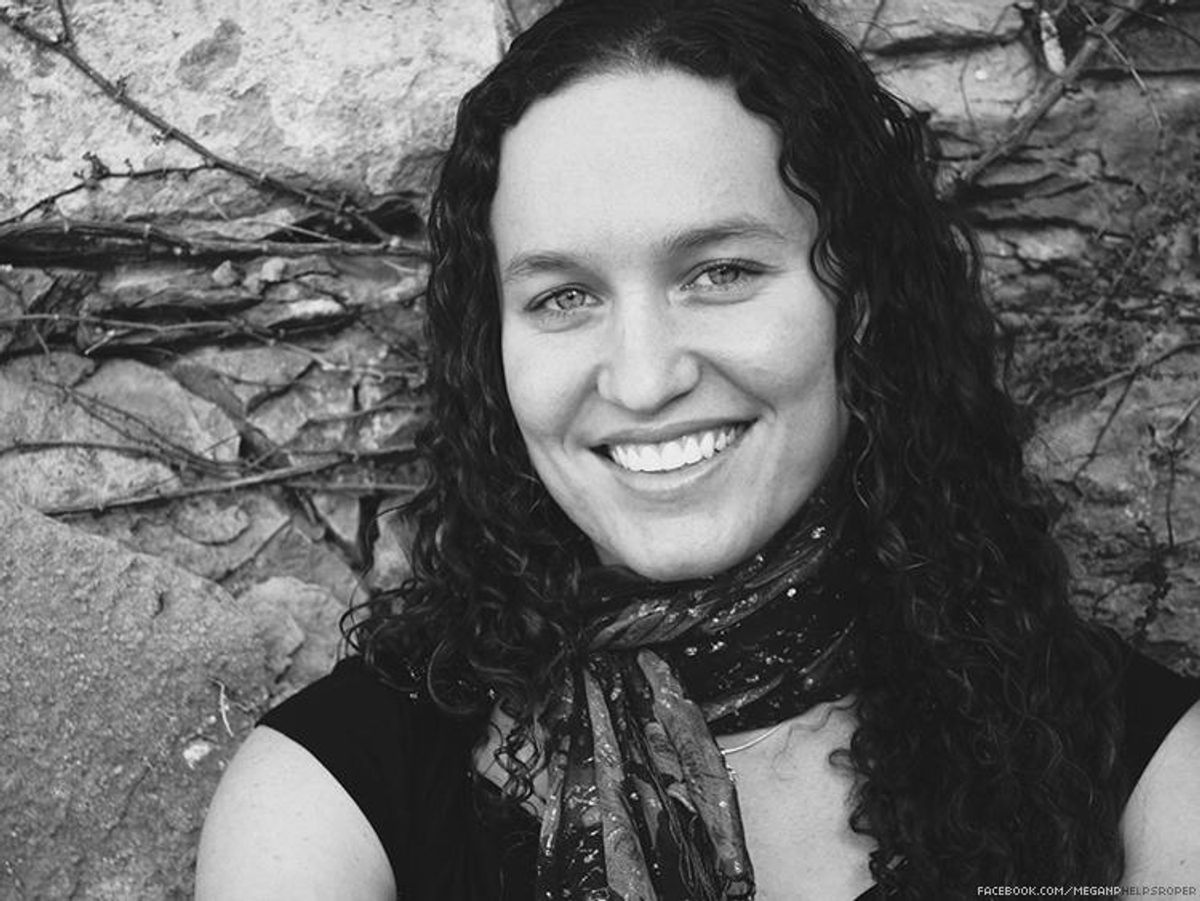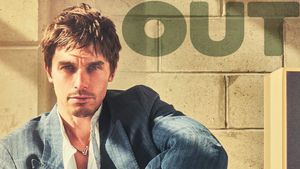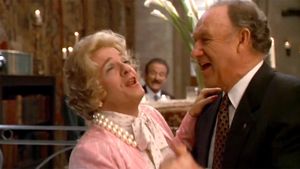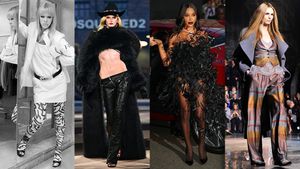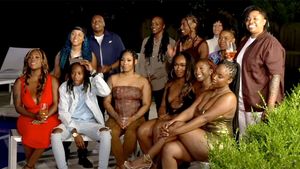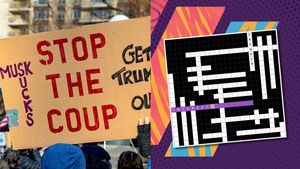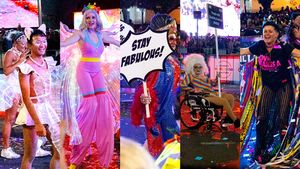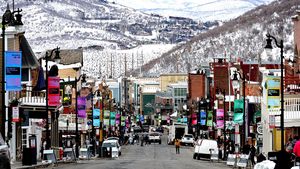The Westboro Baptist Church has been globally synonymous with homophobia since members protested the funerals of AIDS sufferers in the early 1990s and that of Matthew Shepard, with "Matt in Hell" signs, in 1998. Gleelfully using the word "fag" in its literature and website, the group has garnered no shortage of media attention, especially after they began protesting military funerals in the 2000s -- the group believed the nation's acceptance of homosexuality was the reason for the war casualties.
Westboro is actually a small congregation based in Topeka, Kan.; specifically, it's mostly members of the Phelps family. Lately, the family and its mantra of division and hate have begun to unravel. Many of the Phelps children have abandoned the church, including Megan Phelps-Roper, who just provided an inside account of the cultish, hateful church that she recently abandoned to The New Yorker. The piece covers how she began to lose faith in the dark and scary worldview. These are the key takeaways:
* Indoctrinated into the hateful church as a child, Megan Phelps-Roper -- the granddaughter of Westboro patriarch Fred Phelps and the daughter of onetime church mouthpiece Shirley Phelps-Roper -- initially believed "Christian" was another word for evil, as her grandfather denounced other Christians.
* Fred was a civil rights lawyer in the 1960s and '70s, one of the few white lawyers representing black clients in Kansas at the time. He was disbarred in 1979 after harassing a court reporter.
* Thanks to her grandfather's teachings, which including explicit depictions of gay sex that included words "sucking" and "slobbering," Megan developed "a revulsion to homosexuality."
* As an adolescent, she attended public school was allowed exposure to pop culture. She listened to Sublime CDs and read Stephen King novels, though her schoolmates often hurled food at her as well as her siblings and cousins.
* Twitter became Megan's savior. She began interacting with people she was taught were her enemies, including an Israeli activist she became close friends with; she even started learning Hebrew. Megan began seeing the humanity in all people, which led to her disillusionment with her family's teachings. "It was like I was becoming part of a community," she told writer Adrian Chen. "I was learning to see them as human."
* Her parents and family members spanked her into her teens. "It went too far, for sure," she told Chen.
* One of Megan's first Westboro-related protests was at a park in Topeka, an alleged cruising spot for gay men. The family held signs that read, "WARNING! GAYS IN THE BUSHES! WATCH YOUR CHILDREN!"
* When people asked Megan why she hated gays so much, she would say, "We love these fags more than anyone."
* Church members, unsurprisingly, hate Barack Obama. But they also think he's the Antichrist and his election was the beginning of the Apocalypse.
* Up until recently, the church believed its members would be forced to flee to Israel soon, due to hostility against them in the U.S. Then Israel would be destroyed, leaving only 140,000 Jews who repented for killing Jesus. Westboro would lead that group.
* Jews became a major target of Westboro in the late 2000s, with the church's anti-Semitism nearly rivaling its homophobia.
* Megan was a fan of actress Brittany Murphy and didn't want to tweet positive messages regarding her death in 2009, as was Westboro's custom when it came to celebrity deaths. Her conflict over Murphy helped lead to her decision to leave the church.
* Megan was also flummoxed at her family's obsession with gay sex when other Biblical edicts were ignored, like not having sex with menstruating women.
* While tweeting, Megan came into contact with a user who eventually introduced her to bands like the Cults and authors like David Foster Wallace. "Hipster shit," as Megan described it. She eventually went on a date with the man and they fell in love; they now live together.
* When her mother was demoted from church leadership, for "a lack of humility" and overzealousness, a group of nine male elders took over the church and reduced the role of women in it.
* When Westboro began Photoshopping images without Megan's permission, she became upset that church members were lying in their tweets. Three years ago, Megan and her sister Grace finally left the church. They told their parents and eventually her grandfather why they were leaving. "Well, I thought we had a jewel this time," Fred Phelps said to Megan's parents.
* After leaving the church, Megan and Grace began speaking at Jewish events and even attended a drag show in Montreal. "She and Grace ended up dancing onstage during the intermission," Chen reports.
* Before dying last year, Fred Phelps had a softening toward gay people. LGBT activists had recently bought a home across from the Westboro church called the Equality House -- Megan's brother Zach says their grandfather looked out at the rainbow-colored structure and said, "You're good people."
